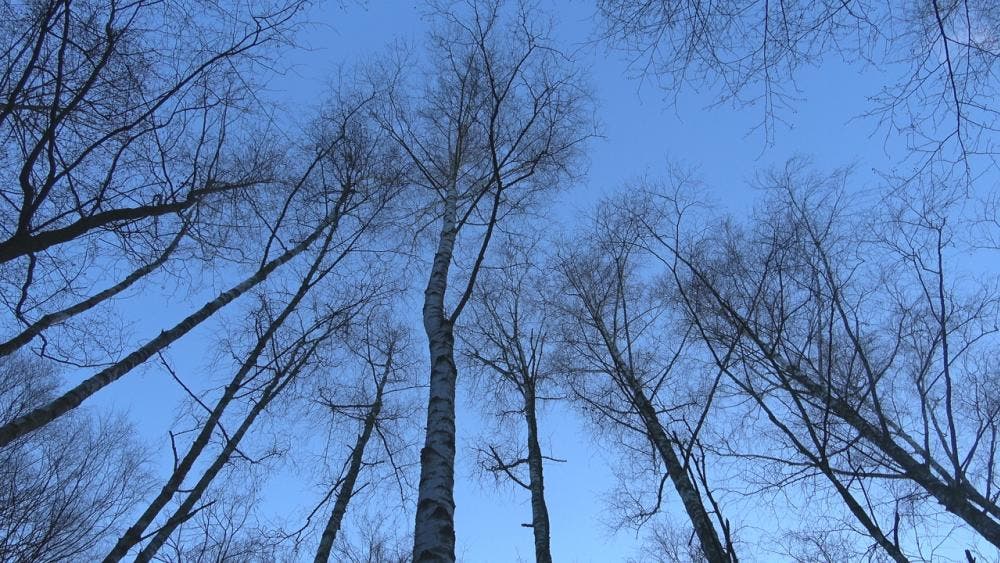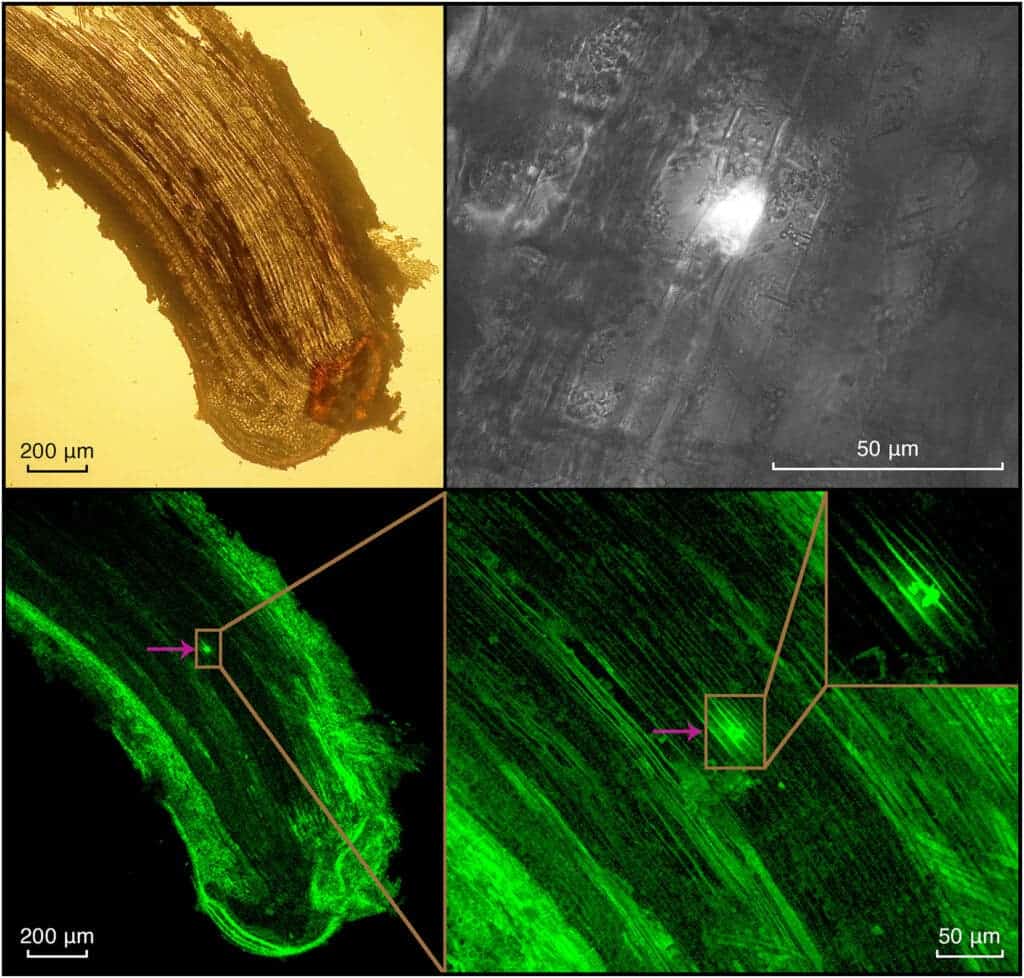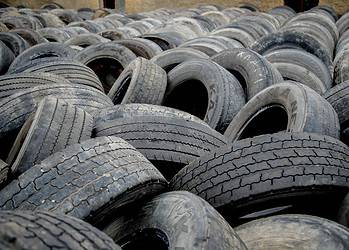We tend to associate microplastics just with the marine environment, but these small pieces of plastic are also accumulating in soils and at a higher level. Now, a group of researchers has found an unexpected solution. Birch trees, found in the Northern Hemisphere, were found to remediate the soils by absorbing microplastics through their roots.

Microplastics are contaminants of growing concern. They originate from the breakdown of larger plastic and from the release of primary materials, which makes them easily transported in water, air, and soil and can accumulate and persist in the environment. Microplastics are everywhere, from the depths of the oceans to the top of Mount Everest.
Most research on the influence of microplastic has focused on how they interact with plants and animals in seas and oceans. While less obvious than in oceans, microplastics also accumulate in soils at levels between four to 23 times higher than in marine ecosystems, either being transported through the atmospheric or by direct deposition.
Microplastics alter the properties of the soil and can also affect plant growth and microbial community. However, not much is known about how microplastics interact with higher-order terrestrial plants such as trees. Recent studies have shown, for example, that microplastics are taken up by agricultural plants such as wheat.
As part of an interdisciplinary project, a group of German researchers has shown that longer-lived woody plants, specifically birch trees (Betula), can absorb and store microplastics in their tissue. The roots of this tree species grow close to the soil surface, where microplastic is the highest, making it a good choice for a study.
“The uptake rate of microplastics and the effects on the short- and long-term health of the trees still need to be studied. But this pilot study suggests birch has real potential for long-term soil remediation solutions – including reducing the number of microplastics in soil and possibly water,” Kat Austen, the lead author, said in a statement.
Birch trees and microplastics
Birch trees are a group of 40 species of ornamental and timber trees and shrubs, generally found in cool regions of the Northern Hemisphere. They have been used to remediate polluted land in the past as they can sequester and store pollutants and heavy metals in their tissues. Plus, they were found in previous studies to be very good at reducing air pollution. So it makes a lot of sense to see if they can help with microplastics.

For their study, the researchers added microplastic beads with fluorescent dyes to the soil of potted birch trees, which enabled them to see where the microplastic pieces were going. After five months, they analyzed the root system using fluorescence and confocal laser scanning microscopy, finding microplastics in different sections of the root system in between 5% and 17% in the experimental trees — enough to show that birch trees can be helpful with microplastic bioremediation.
“These results give a strong indication for the uptake and incorporation of soil-derived microplastic into juvenile birch roots and suggest that further investigations addressing the rate of uptake of microplastic and its implications for long term tree health are necessary to determine if birch trees are suitable microplastic remediators.,” the researchers wrote.
However, this doesn’t mean that we suddenly have a solution for microplastics pollution. If we want to truly address this problem, we need to tackle it at its root and think about producing less plastic in the first place.
The study was published in the journal Science of the Total Environment.






